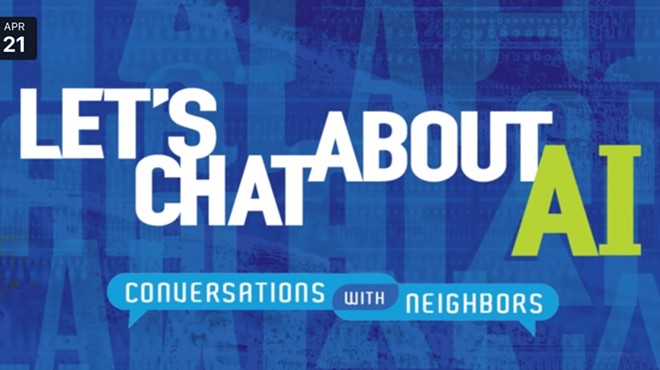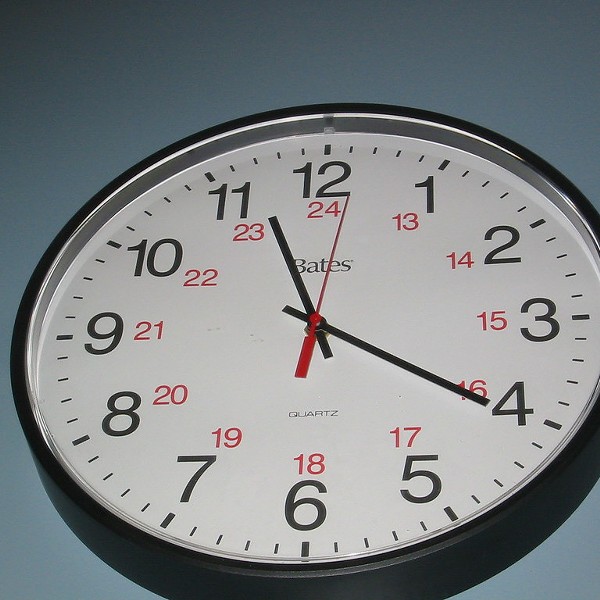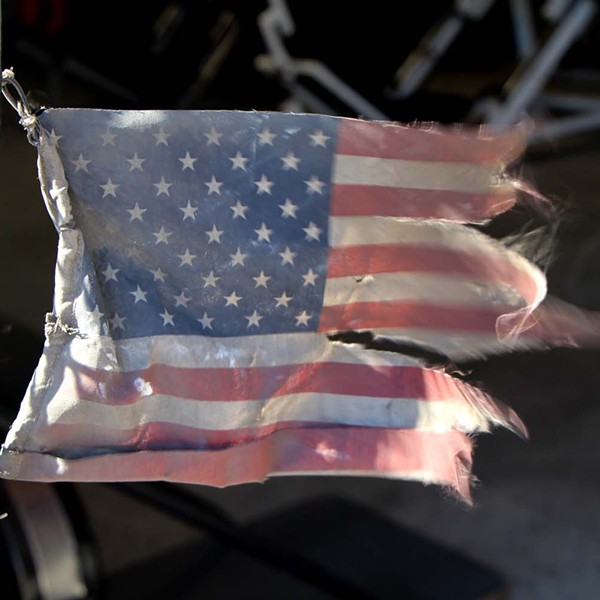"I hate it. It's impossible to get the right voice when you speak for a publication. Whatever you do turns into eight hundred chirpy words reeking of clichés about a 'telling narrative' or an 'insightful profile.' I have made various attempts to reinvent the form, which have defeated me."
—Tina Brown, on writing Editor's Notes, from The Vanity Fair Diaries
When I onboard editorial interns each semester, they're given a list of guidelines. They're writing tips mostly, as interns spend the majority of their time here frantically tapping away at their keyboards till their fingernails bleed, attempting to feed the gaping content maw of a 21st-century multichannel publication such as this one. Some of the guidelines carry over into everyday life however. Like Rule #11: Beginnings are most important. Or Rule #5: Avoid cliché. Seek connections others won't make. Or, most especially, Rule #15: Don't fuck it up.
But the rule I stress above all others is Rule #2: Delight. Educate. Entertain. Never simply inform. I underscore this point because novice writers often don't see the vein of gold in the rock they're hacking away at. (Bleeding fingernails image, slight return.) While a writer must satisfy the five Ws—who, what, where when, why—of what she's writing about, the magic happens in the spaces in-between those data points. That act of writerly prestidigitation is what I'm trying to teach the kids. I do love the facts, however, and one of the signature perks of editorial work is being able to really dig in on topics I might not normally immerse myself in. Working on the magazine this month, I learned a few things I'd like to share with you:
Record store bars may be the next big thing in the drinking retail sector. Remember when Spotty Dog opened in Hudson back in 2005, how genius of an idea it seemed to pair beer with books? The region got its second paper-and-pints outlet with the opening of Rough Draft in Uptown Kingston last fall. And now comes The Vinyl Room in Wappingers Falls. While not quite rare, record store bars are not common either. (Brooklyn is home to the closest other venue of its type, Rough Trade Records.) From a retail point of view, the beer-and-record concept seems like a no-brainer: Not only are vinyl and craft brews the intersection of two passions of the millennial cognoscenti, but three or four drinks in at The Vinyl Room and all inhibitions about buying Kenny G's Christmas album are out the window. I wouldn't be surprised to if this craze took off like an Elon Musk rocket (or flamethrower marketing campaign). You heard it here first.
Blockchain technology is helping to cut the cost of bringing aid to Syrian refugees. "What's blockchain," you ask? Why, it's the nifty technology undergirding Bitcoin. Or, I could just say it's a distributed digital ledger. Suffice to say it does a fancy peer-to-peer recording thing on the internet. Blockchain is being promoted as the panacea to a host of ills, from the decline of journalism to the banking industry. But it looks like UNICEF is the first international aid agency to use it as a way to cut out the middleman in financial transactions. Coming soon: Your salary in Bitcoin.
The richest of the 1% require the economic suppression of the 90%. That's a direct quote from Larry Beinhart's column this month. Larry is dropping knowledge on us here about how the Federal Reserve raises interest rates when wages start to go up for ordinary workers—even if it's as little as 3%. When interest rates go up, it's more expensive to make money from buying and selling money itself. (On a related note, I also found out what the "real economy" was from Larry, via the Financial Times: "The part of the economy that is concerned with actually producing goods and services, as opposed to the part of the economy that is concerned with buying and selling on the financial markets." The financial markets make up the part of the economy known as the fake economy, presumably.)
Rolling Stone commissioned Andy Warhol to create a portrait of Bella Abzug for the cover of the magazine during Abzug's run for mayor of New York City in 1977. Two kids of Eastern European immigrants who made good, Abzug (1920-98) and Warhol (1928-87) were both bomb-throwers of a sort: Andy in art, Bella in politics. Though not nearly as well-known as Warhol (a dirty, low-down shame), Abzug served two terms in Congress (more or less, it's complicated), pissed off Norman Mailer to no end, and presaged the current movement of women running for office in 1970 when she said, "This woman's place is in the House—the House of Representatives." Warhol gets the retrospective treatment beginning this month at five museums across the region. Sparrow, our indefatigable art critic, previews the shows.
100,000 people in the region rely on the Hudson River for their drinking water. Seven communities draw their primary drinking water from the Hudson: the Towns of Esopus, Hyde Park, Lloyd, the City and Town of Poughkeepsie, and the Town and Village of Rhinebeck. As Hillary Harvey reports in "You Are What You Drink," until quite recently, there was no broader policy agenda to protect the source water that flowed into the river. On February 22, Riverkeeper released a report with 43 recommendations for improving source water protection. There's clearly still a lot of work to do before we all enjoy the pure and delicious H2O like the stuff New Yorkers get from the Catskills, which the New York Times calls "the champagne of drinking water."


















